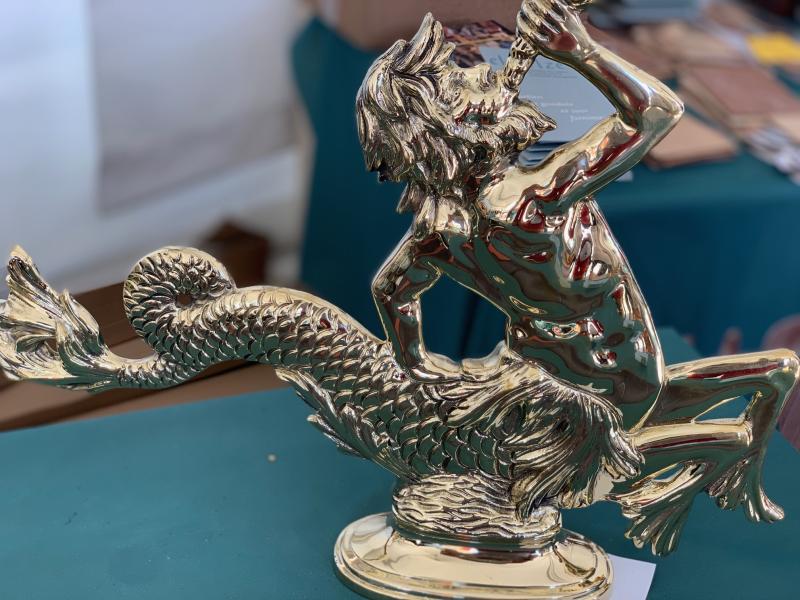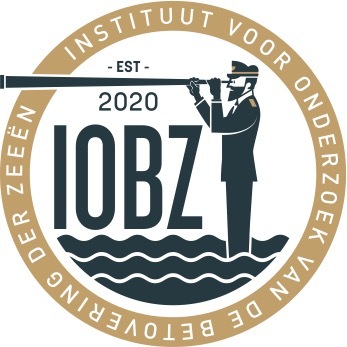Venetian gondolas give colour to Ostend at Anchor
Ostend for Anchor's theme this year is Venetian Shipyards. In a city surrounded by water, gondolas have played an important role for centuries to transport people and goods along the narrow and shallow canals. Venice therefore has a rich maritime history. Especially for Ostend at Anchor, the typical boats leave their home port and dock in the Mercator dock.
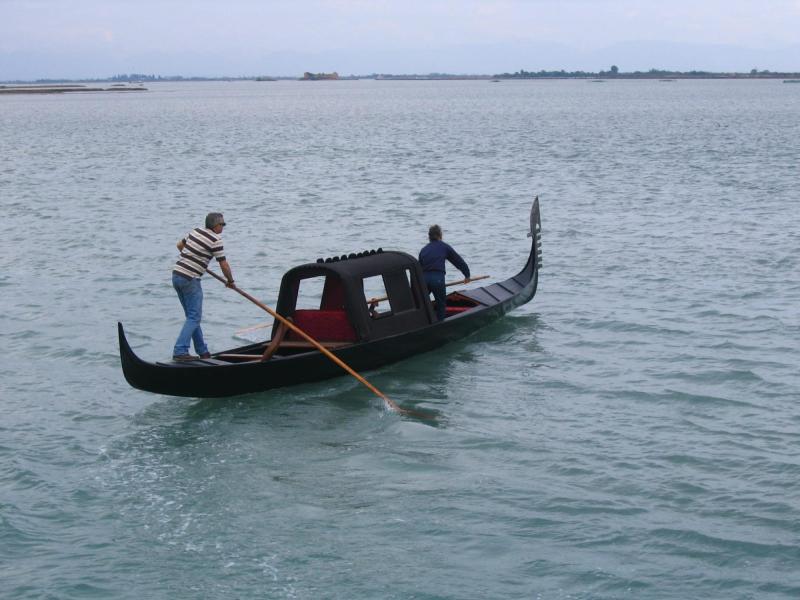
Gondolas are as inseparable from the Italian city of Venice as the Eiffel Tower is from Paris. Visitors to Ostend at Anchor from 1 to 4 June will have the unique opportunity to discover the special vessels with a long history. During the event, you will be presented with an uncommon sight. Indeed, the 'gondolas' will also sail around the Mercator dock. Featuring three types: Gondole del Settecento, Mussin 'Albino', Gondolino 'Giorgio', you will also be able to sail along on a daily basis. The three types have their own specificity. Whereas the 'Gondole del Settecento' was used as a vessel for wealthy residents of Venice, the Mussin 'Albino' is a typical working vessel of the lagoon. The 'Giorgio' is best known because it is the basic vessel of today's gondolas deployed for the thousands of tourists that flood Venice.
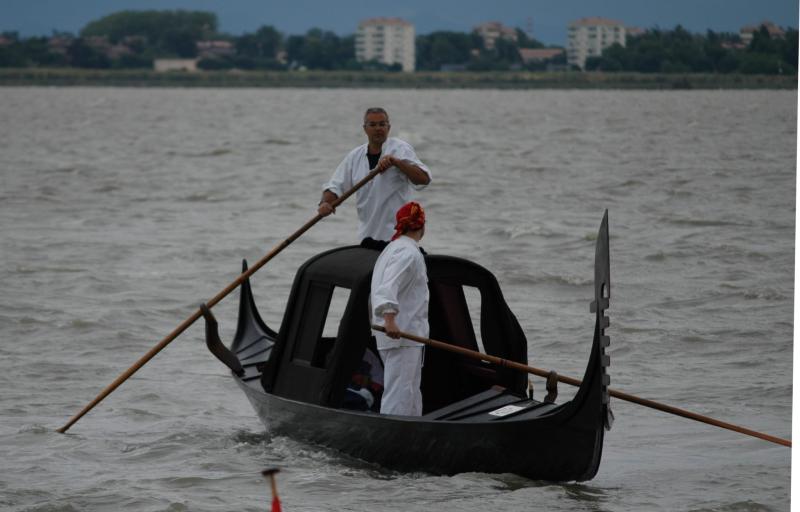
Besides three traditional vessels moored in the Mercator dock at the level of the Station Bridge, all the crafts needed to build a 'gondola' are also present at Sint-Petrus- en -Paulusplein.
The gondolas therefore have a lot of specific parts with special significance. The most iconic craft is the making of the 'Forcole'. This dagger iron is cut in one piece from walnut and is very important when rowing the gondola. It is an elbow-shaped piece on the side of the gondola where the gondolier's belt rests. This piece, like the gondola, is now a symbol of Venice.
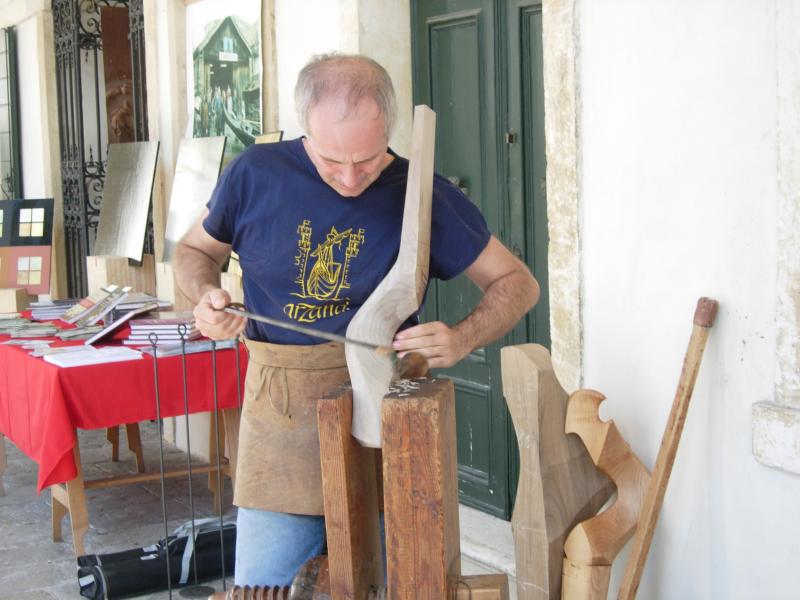
In addition, you also have the Ferro da Prua. This is the metal profile attached to the bow of the gondola. Each part of the figurehead has one of the names of the Venetian districts.
In the crafts village, you can see blacksmiths as well as woodworkers and artisans at work decorating the vessels. You can get expert explanations on, for example, the asymmetrical shape of the vessel, needed for easy propulsion.
